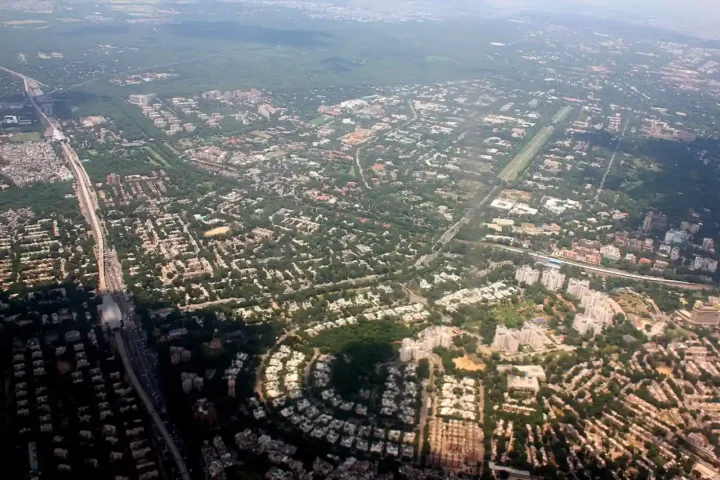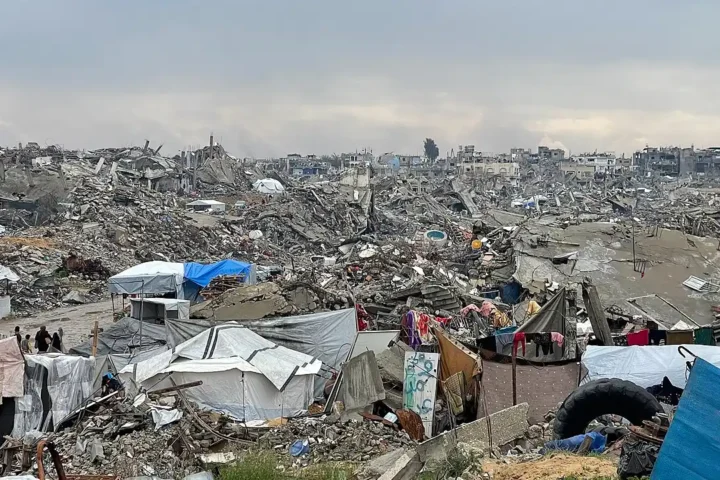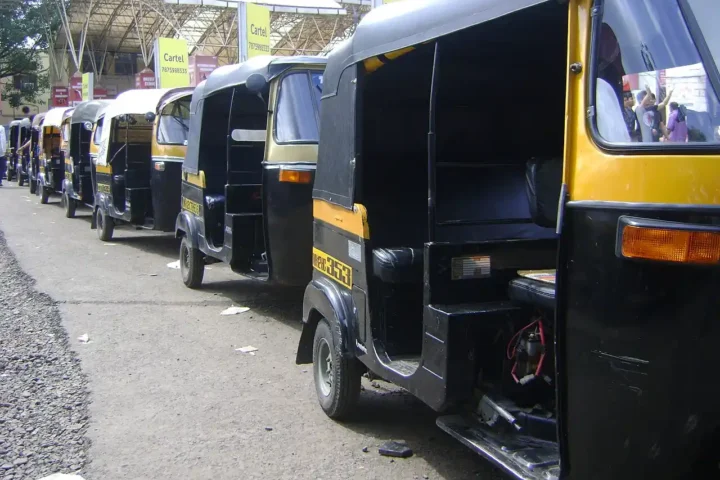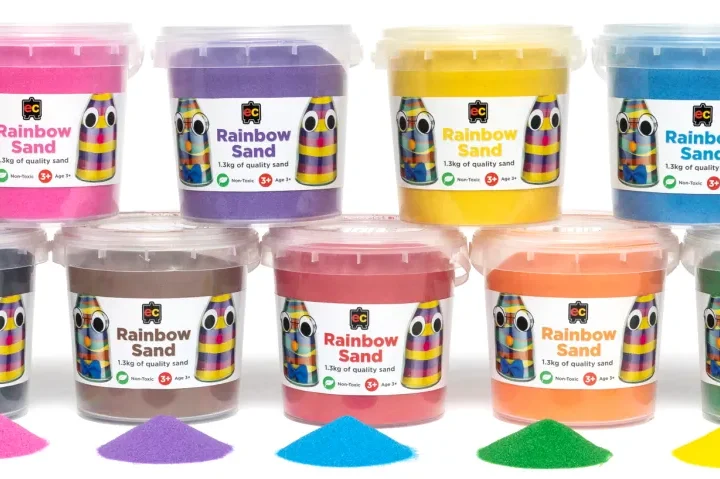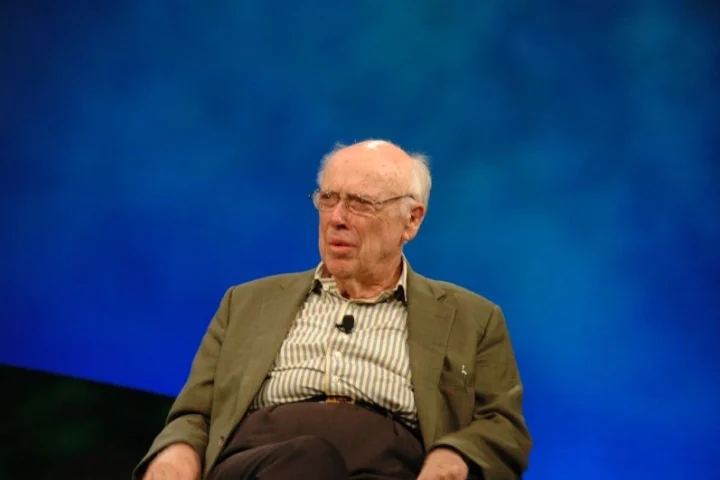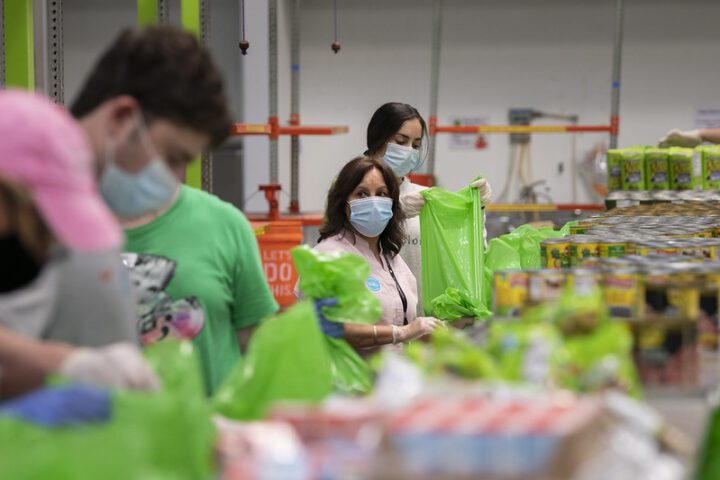42 Million Americans at Risk: SNAP Benefits Face Unprecedented Cutoff as Shutdown Drags On
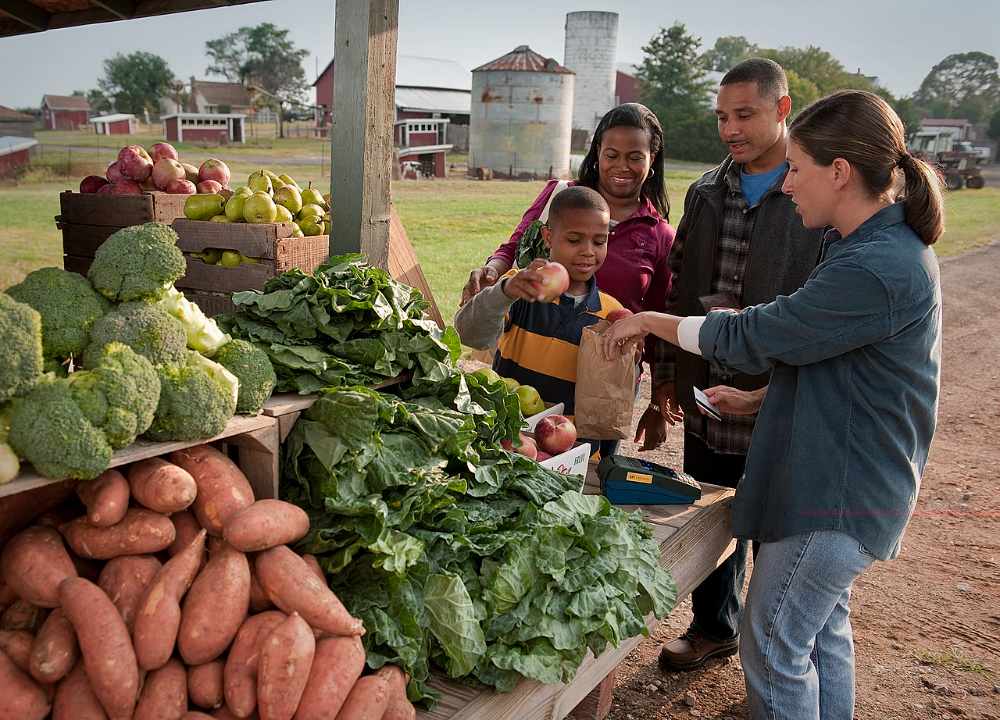
Established in 1964 by President Lyndon B. Johnson, the Supplemental Nutrition Assistance Program (SNAP)—commonly known as food stamps—stands as the United States’ largest anti-hunger program. The program helps an average of 41.7 million Americans per month, representing 1 in 8 people nationwide.
“It was invented as a way to help families afford meals in the face of rising food costs,” says Kristin Mmari, DrPH, MA, professor in Population, Family and Reproductive Health at Johns Hopkins Bloomberg School of Public Health.
Averaging just $187 per person per month—roughly $6.20 per day—the program helps the most vulnerable Americans, including people with low incomes, children, older adults, veterans, and people with disabilities, explains Julia Wolfson, PhD, MPP, an associate professor in International Health and Health Policy and Management at Johns Hopkins. Without SNAP, she warns, the nation would face “a potential public health crisis of food insecurity and hunger.”
“SNAP is also a major stimulator of the U.S. economy, and a main source of income for retailers.”
Associate Practice Professor, Population, Family and Reproductive Health, Johns Hopkins
Yet as the government shutdown enters its 28th day, nearly 42 million Americans are days away from missing their monthly food stamp payments. The Trump administration announced it will not distribute funds for SNAP if the federal government remains shut down on November 1.
Critical Deadline: November 1, 2025
The Trump administration has declined to use roughly $5 billion in contingency funds to keep benefits flowing into November, stating these funds are reserved for potential emergencies such as natural disasters. These contingency funds would only cover about 60% of a single month of benefits payments, according to the Center on Budget and Policy Priorities. With little movement toward a resolution on Capitol Hill, Congress appears set to blow past the deadline.
How SNAP Works
SNAP is funded by the federal government via the Farm Bill and administered by individual states, which distribute benefits to eligible residents. Recipients receive an Electronic Benefit Transfer (EBT) card—similar to a debit card—which they can use to purchase food and beverages. The money cannot be spent on tobacco, alcohol, non-food items, or in most cases, prepared foods like takeout.
To qualify for benefits, participants must meet eligibility standards based on income, assets, household size, immigration status, and proof of employment. A household’s gross monthly income must generally be at or below 130% of the poverty line. For example, a three-person household in the 2025 fiscal year has a gross monthly income limit of $2,798.
In 2023, approximately 39% of SNAP participants were children, 20% were elderly, and 10% were non-elderly individuals with a disability. Despite being the largest federal nutrition program—with 2024 spending totaling $99.8 billion—the benefits per person remain relatively low.
“It’s a very efficient program. There aren’t a lot of administrative costs, there’s not a lot of waste, fraud, or abuse. The overwhelming majority of the money is actually getting to Americans to buy food.”
Associate Professor, Johns Hopkins Bloomberg School of Public Health
Benefits are calculated using the USDA Thrifty Food Plan, which determines what a family of four needs for three low-cost, healthy meals per day. After approval, families receive their EBT card and can apply at their state Department of Social Services, often online, by mail, or in person.
By the Numbers: SNAP’s Reach and Impact
Understanding the scale of America’s largest food assistance program
The Critical Role of Food Security
By freeing up money that households would otherwise need to spend on food, SNAP benefits boost non-food spending. Since SNAP benefits can only be used to buy food, the program makes room in family budgets to pay rent, cover bills, and purchase essential items like diapers, medicine, or clothes.
“Eliminating the worry of where your food is coming from, or whether you’ll have enough to eat, ripples across all kinds of different health outcomes,” Wolfson explains. For children in particular, food insecurity can be harmful for growth, development, and adequate nutrition. Research links it to higher rates of asthma and other health issues, as well as worse academic performance, behavioral issues, and mental health outcomes.
The impact on adolescents is particularly concerning, according to Mmari. “There’s a growing body of literature that shows that food insecurity for adolescents has a high correlation with mental health issues, depression, and anxiety,” she says. “It’s hard to expect them to go to school and learn on an empty stomach. Adolescents who are food insecure are also less likely to go to school at all, meaning increased absenteeism.”
Individuals experiencing food insecurity often have limited access to healthy, nutrient-dense foods. Instead, they may rely on cheaper, less nutritious options, leading to diets lacking essential vitamins and minerals. This dietary pattern links to chronic diseases including obesity, heart disease, and diabetes. “SNAP often provides fresh fruits and vegetables that are expensive and wouldn’t otherwise be purchased,” notes Susan Gross.
Food insecurity can also lead to nutrient deficiencies resulting in malnutrition, which weakens the immune system and makes individuals more susceptible to infections. Lack of access to nutritious foods contributes to poor oral health, including tooth decay and gum disease. This increased need for medical care culminates in higher health care costs. Food insecurity is also associated with increases in homelessness. “When the safety net goes, people have to start deciding, do I use my money for food, or pay my rent, or buy my medicine?” Gross explains.
Calculate the Impact on Your Community
Adjust the slider to estimate how many people in a community of your size could be affected by SNAP benefit cuts. Calculations are based on the national average of 12.5% (1 in 8 Americans) receiving SNAP benefits.
The Broader Economic Impact
SNAP benefits function as one of the most effective forms of economic stimulus. Historically, SNAP has been one of the fastest-responding federal programs during economic downturns, second only to unemployment insurance.
“SNAP benefits do not just help the people who receive them. Those benefits help support businesses where people spend them, including grocery stores and farmers, thereby supporting local economies. Every dollar of SNAP benefits generates $1.54 in economic activity.”
Johns Hopkins Bloomberg School of Public Health
The economic effect is immediate. According to a 2017 USDA report, almost 78% of SNAP benefits are redeemed within two weeks of receipt, and 96% are spent within a month. Most families spend their benefits before the month ends, meaning the money circulates rapidly through local economies.
In 2021, when the Thrifty Food Plan underwent an adjustment that increased SNAP benefits by 21%, the program kept 2.9 million people out of poverty across 48 states and Washington, D.C., according to the Urban Institute. In 2023, when added to households’ gross incomes, SNAP benefits raised the incomes of 17% of SNAP households above the poverty level.
The potential loss of aid from the shutdown represents the second recent hit to government food assistance programs for lower-income Americans. Earlier this year, Republicans passed the One Big Beautiful Act legislation, which cuts SNAP benefits by an estimated 20%. This spending change equates to a 1.5% to 2% reduction in retail industry sales, according to Wolfe Research analyst Spencer Hanus.
Timeline: How the Crisis Unfolded
Key developments in the government shutdown and SNAP funding crisis
Government Shutdown Begins
Federal government enters shutdown due to congressional budget impasse. The shutdown has now extended to 28 days with no resolution in sight.
Administration Declines Contingency Funds
The Trump administration announces it will not tap roughly $5 billion in contingency funds to continue SNAP benefits, stating these funds are reserved for natural disasters. The available contingency funds would only cover approximately 60% of one month of benefits.
States Take Emergency Action
Delaware declares a state of emergency. New York Governor Kathy Hochul announces $30 million in emergency aid for affected New Yorkers. Twenty-five state attorneys general sue the Trump administration over the funding decision.
Senate Democrats Introduce Legislation
Democrats in the U.S. Senate introduce legislation to continue funding SNAP during the shutdown. The bill’s passage remains unclear as political disagreements continue.
Critical Funding Deadline
Without congressional action, 41.7 million Americans will not receive their November SNAP benefits. Food banks across the nation prepare for overwhelming demand they may struggle to meet, as they currently provide one meal for every nine meals SNAP provides.
Who Depends on SNAP Benefits?
SNAP serves a diverse population of 41.7 million Americans. Based on 2023 participation data, here’s the demographic breakdown of who relies on this critical food assistance program.
The Impact on Retailers and Local Economies
The shutdown’s impact extends far beyond individual families. Retailers across the country, particularly grocery stores in low-income neighborhoods, depend heavily on SNAP transactions. According to market research firm Numerator, consumers who use SNAP benefits spend more on groceries and shop more frequently than other shoppers.
On average, a SNAP beneficiary spends $832 per month on groceries—20% more than non-SNAP shoppers—though the amount spent per trip averages 12% less at about $20.80 per visit. SNAP shoppers visit more retailers per month at 6.6 locations, compared to 6.1 for people who don’t receive the aid.
Walmart captures the largest share of SNAP grocery spending, with more than 94% of SNAP shoppers having bought food there in the past year, spending an average of $2,653 annually. That represents 26% of the cohort’s total annual grocery spending. Just under half (48.8%) of SNAP recipients shopped at Kroger in the past year, spending an average of $1,688 annually.
“Often, grocers’ staffing and inventory are planned around benefit cycles, so a lapse could lead to reduced employee hours, perishable food losses, and declining sales,” the National Grocers Association stated. “Furthermore, when benefits are restored, the resulting surge in demand could strain supply chains nationwide.”
For small corner stores in food deserts—neighborhoods with limited access to affordable, healthy food—the impact could be devastating. Denver store owner Urja Paudel reports that about 70% of her customers at Holly Market use SNAP benefits. “I have no idea what I’m going to do,” she said. “We have to pay rent, electricity, upkeep, all of that stuff. We can survive this month, barely. I’m worried about everybody else. Feeding their kids, feeding themselves.”
Food Banks Brace for Impact
Food banks across the nation are preparing for an unprecedented surge in demand, though experts warn they cannot fill the gap left by SNAP. “It’s also at an entirely different scale. For every meal that a food bank provides, SNAP is providing nine,” explains Anya Rose, director of public policy for Hunger Free Colorado.
At All Faiths Food Bank in Sarasota, Florida, CEO Nelle Miller describes the situation as “a new storm.” The food bank fed more than 80,000 people with 22 million pounds of food last year. Roughly 20,000 people in their service area use SNAP benefits, and about 6,000 of those also use the food bank’s resources.
“We had three hurricanes here last year. It was a disaster, but this is a new storm,” Miller says. “The difference is that people will not immediately recover.” She’s particularly concerned about the 14,000 SNAP recipients who don’t currently use the food bank. While All Faiths can redistribute food supplies to serve more people, doing so would mean each person receives less food.
“Receiving food is an inalienable right. You’re born on Earth, there’s enough food here to feed everyone. It’s a distribution problem. I just can’t imagine denying food, water, or air to any human being. This is really difficult, it’s very distressing.”
CEO, All Faiths Food Bank, Sarasota, Florida
According to Wolfe Research analyst Spencer Hanus, Google search interest for “food banks” and “food stamps” is surging as SNAP beneficiaries look for alternatives. While there’s typically a spike in these searches around Thanksgiving, the current increase is “materially year over year, implying that this consumer is feeling a shock here.”
How You Can Help Right Now
Whether you’re affected by SNAP cuts or want to support those who are, here are immediate actions you can take.
Contact Your Representatives
Call or email your senators and congressional representatives to demand action on SNAP funding. Your voice can make a difference in pushing for a resolution.
Find Your Legislators →Support Local Food Banks
Food banks nationwide are preparing for overwhelming demand. Donations of food, money, or volunteer time help them serve more people in crisis.
Feeding America →Find Food Assistance
If you or someone you know needs help, these resources connect people to local food pantries, meal programs, and emergency assistance.
Findhelp.org →Support Advocacy Organizations
Groups like FRAC, No Kid Hungry, and Feeding America work to strengthen food assistance programs and advocate for policy solutions.
Food Research & Action Center →No Kid Hungry
This organization helps schools and communities feed children by strengthening state and federal meal programs through funding and advocacy.
No Kid Hungry →Community Resources
Organizations like Freedge, Little Free Pantry, and Mutual Aid Hub connect people to free community fridges and local food assistance.
Find Community Resources →Looking Ahead: What Comes Next
The government shutdown entered its 29th day on Wednesday, making it the second-longest shutdown in U.S. history. Despite the looming deadline, there has been no meaningful progress toward a deal to reopen the government.
Several states are stepping in with emergency measures. Virginia Governor Glenn Youngkin announced a state-run emergency nutrition assistance program. New York is working on $30 million in aid for affected residents. However, the federal government has warned that states using their own funds will not be reimbursed.
Some states, including Florida, have indicated their SNAP recipients will lose benefits if nothing changes before the weekend. The potential for missed payments has prompted legal action, with 25 Democratic attorneys general filing suit against the Trump administration on Tuesday.
If SNAP funding expires, recipients may also cut back on other purchases. “Fewer dollars in the consumers’ wallet forces a reallocation of discretionary dollars towards food and more tepid spending overall,” noted Wells Fargo equity analyst Edward Kelly. Retailers reporting earnings in November may cite weaker discretionary spending due to the food assistance expiration.
However, there is a silver lining: missed SNAP benefits should be paid in arrears once the government reopens, though the timing remains unknown. “We’d expect an eventual resolution of the government shutdown, which could mean a windfall for low-end consumers into peak shopping season as missed payments are made up,” Kelly said.
Additional Resources and Support
For those seeking more information or assistance, D.C. Hunger Solutions provides regular updates on SNAP and WIC during the government shutdown. The organization works directly with D.C. Human Services to help residents access benefits.
On the policy side, the Food Research and Action Center (FRAC)—a national nonprofit—focuses on strengthening programs like SNAP, WIC, and school meals while advocating for policies that address root causes of hunger.
Other community organizations offer search functions to help people locate free food assistance. Freedge maintains a network of community fridges. Little Free Pantry connects people to neighborhood food pantries. Mutual Aid Hub links individuals to local mutual aid networks providing emergency support.
For broader context on how this crisis fits into ongoing challenges facing essential services, see our coverage of national park closures and infrastructure disruptions during the shutdown.
Summary
The article examined the SNAP benefits crisis as the government shutdown extends to 28 days. Coverage included the program’s scope serving 41.7 million Americans monthly, the November 1 funding deadline, demographic breakdowns of recipients, economic impacts on retailers and communities, and emergency responses from states and food banks. The timeline traced developments from October 2 through the approaching deadline. Resources for finding assistance and supporting affected communities were listed.






